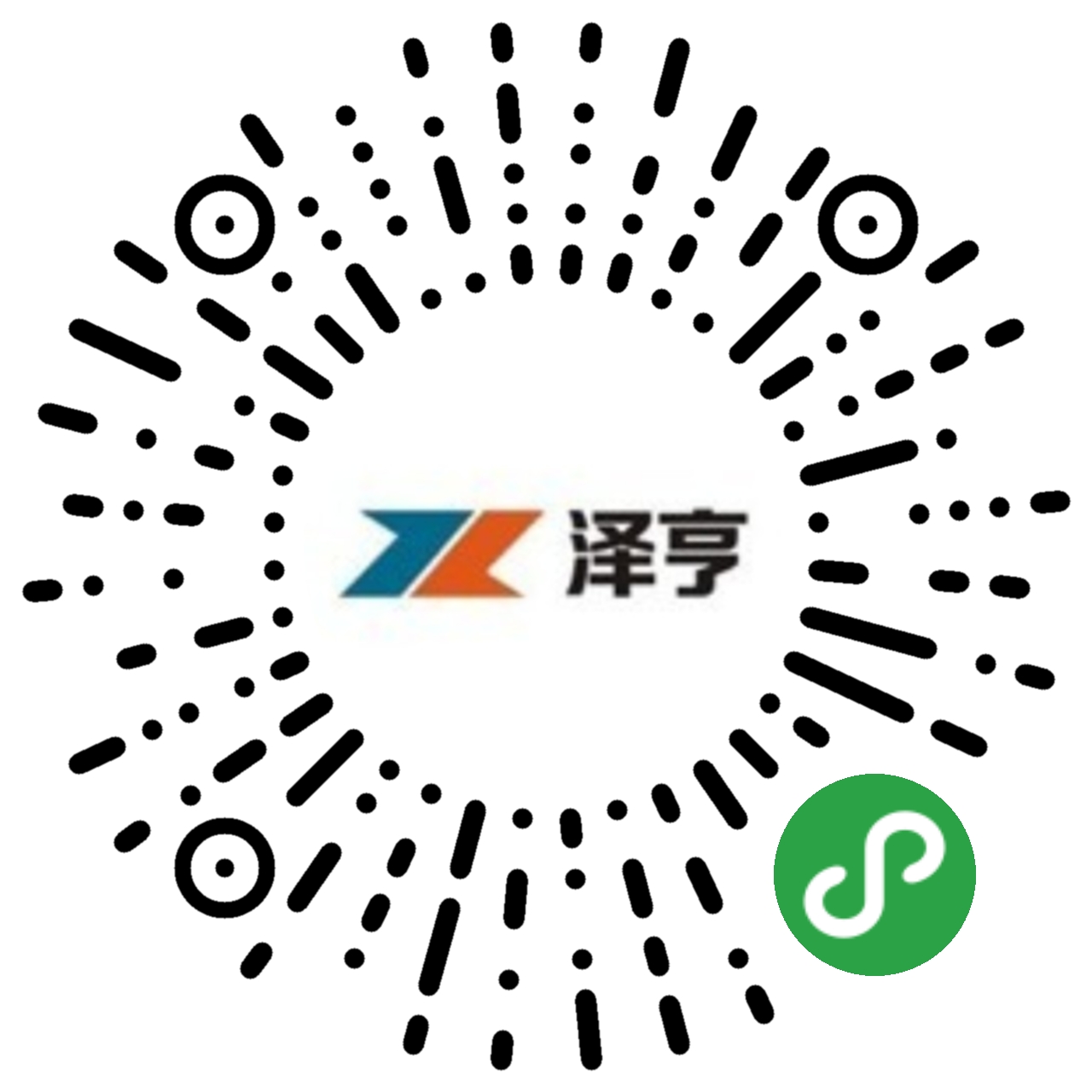product
On March 31, 2019, the Service Industry Survey Center of the National Bureau of Statistics and the China Logistics and Purchasing Federation released the China Purchasing Manager Index. In this regard, Zhao Qinghe, a senior statistician at the Service Industry Survey Center of the National Bureau of Statistics, has interpreted this.
1. Manufacturing Purchasing Manager Index Rises to Boom Range
In March, manufacturing PMI returned to the expansion range after three consecutive months below the critical point, rising to 50.5%, up 1.3 percentage points from last month.
The main features of this month are: First, production activities are accelerating and domestic demand continues to improve. After the Spring Festival, the manufacturing industry gradually returned to normal production, with the production index and new order index rising to 6-month highs, of which the production index was 52.7%, higher than last month's 3.2 percentage points; the new order index was 51.6%, higher than last month's 1.0 percentage points, and the expansion accelerated for two consecutive months. It shows that with the government's policy of reducing taxes and fees to support the development of real economy, both ends of supply and demand are warming up. Second, the new momentum is growing rapidly and the consumer goods industry is running steadily. PMI of high-tech manufacturing, equipment manufacturing and consumer goods manufacturing were 52.0%, 51.2% and 51.4% respectively, which were significantly higher than that of the manufacturing industry as a whole. Among them, the PMI of agricultural and sideline food processing and pharmaceutical manufacturing industries are located in the relatively high boom range of 53.0% and above. Third, the price index has risen and the purchasing willingness of enterprises has increased. Driven by the rising prices of some means of production in the circulation sector, the purchase price index of main raw materials and the ex-factory price index rose to 53.5% and 51.4%, respectively, higher than last month's 1.6 and 2.9 percentage points, both five-month highs. The price indices of petroleum processing, ferrous metal smelting and calendering are higher than 56.0%. In addition, with the warming of supply and demand at both ends, enterprises increased their purchasing efforts, and this month the purchasing volume index rose to an expansion range of 51.2%. Fourthly, world economic growth has slowed down and the driving force for import and export is still insufficient. The new export order index and import index are 47.1% and 48.7%. Although the ring-to-ring ratio has risen, they continue to be below the critical point.
In terms of enterprise size, the PMI of large enterprises is 51.1%, lower than 0.4 percentage points last month, higher than the critical point; the PMI of medium and small enterprises is 49.9% and 49.3%, respectively, rising by 3.0 and 4.0 percentage points compared with last month.
2. The Business Activity Index of Non-Manufacturing Industry has steadily risen
In March, the non-manufacturing business activity index was 54.8%, up 0.5 percentage points from last month. According to the quarterly operation, the average value of the index in the first quarter is 54.6%, which is higher than 0.9 percentage points in the fourth quarter of last year. The overall growth of non-manufacturing industry is steady and fast.
The service industry operates steadily. This month, the index of business activities in the service sector was 53.6%, up 0.1 percentage points from last month. With the acceleration of manufacturing activities, the Producer Services Business Activity Index (PSBI) rebounded after three consecutive months, reappearing at 57.8%, higher than 4.8 percentage points last month. From the industry perspective, the business activity index of railway transportation, handling and warehousing, postal, telecommunications, Internet software, banking, securities and insurance industries is located in the higher boom zone of 57.0%, the total business volume is growing rapidly, and business activities are more active. Business activity index of accommodation and real estate industry is lower than the critical point, and the prosperity of the industry is weak. From the perspective of market demand, the index of new orders in service industry is 51.5%, up 1.0 percentage points from last month, which is in the expansion range for three consecutive months.
The construction industry has returned to the high boom zone. The construction business activity index was 61.7%, up 2.5 percentage points from last month. Employment of enterprises increased this month, with the employee index of 54.1%, an increase of 0.9 percentage points over the previous month, indicating that with the warming of the climate and the centralized start of construction after the festival, the expansion of construction production accelerated. In terms of market demand, the new order index is 57.9%, up 5.9 percentage points from last month, a 15-month high. With the acceleration of infrastructure construction projects, the industry development is expected to continue to improve.
III. The Comprehensive PMI Output Index has rebounded markedly
In March, the comprehensive PMI output index was 54.0%, up 1.6 percentage points from last month, indicating that the overall expansion of production and operation activities of enterprises in China accelerated this month. The manufacturing production index and the non-manufacturing business activity index, which constitute the comprehensive PMI output index, are 52.7% and 54.8% respectively. The ring ratio has rebounded, and the rebound of the manufacturing production index has a significant pull-up effect on the comprehensive PMI output index.










